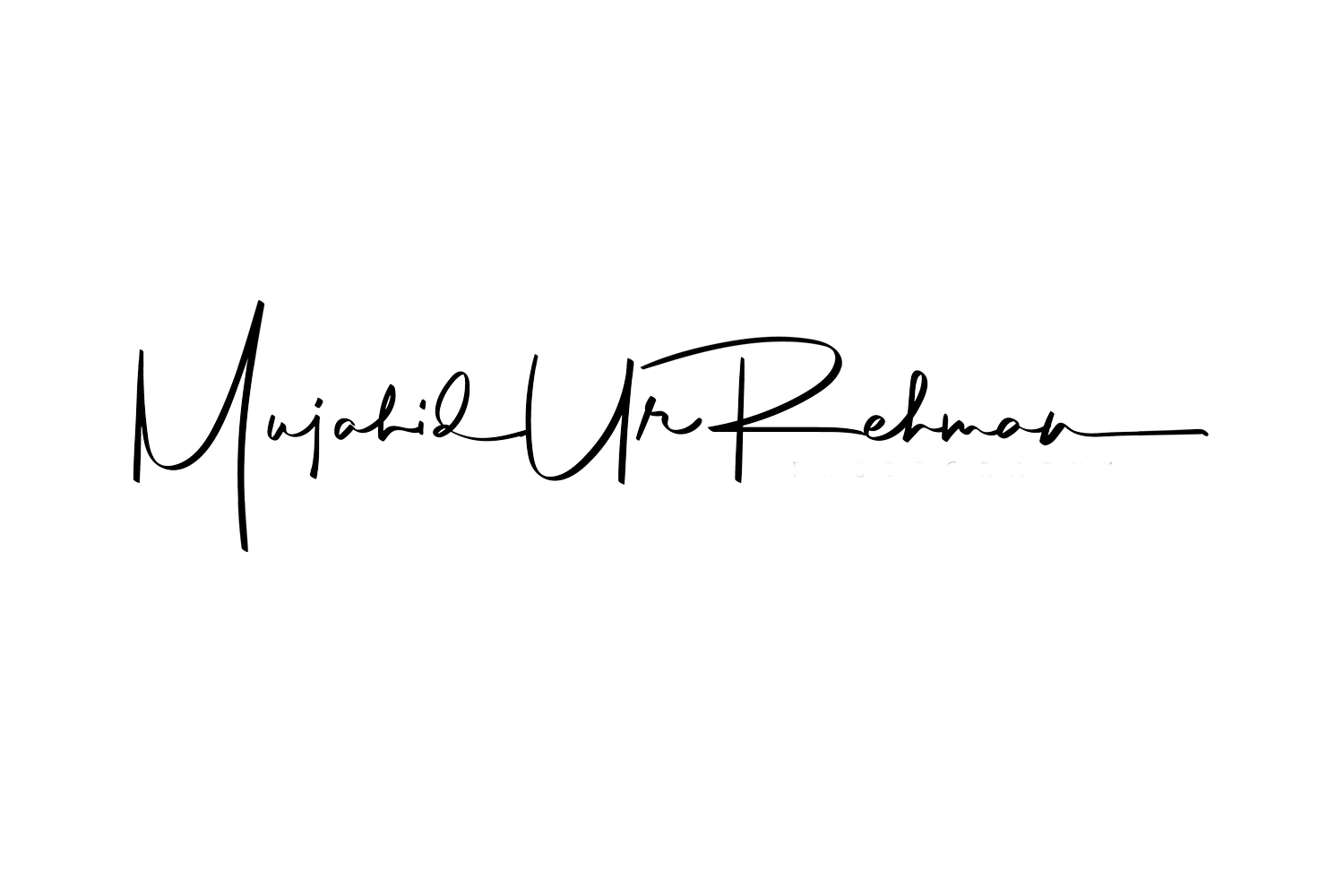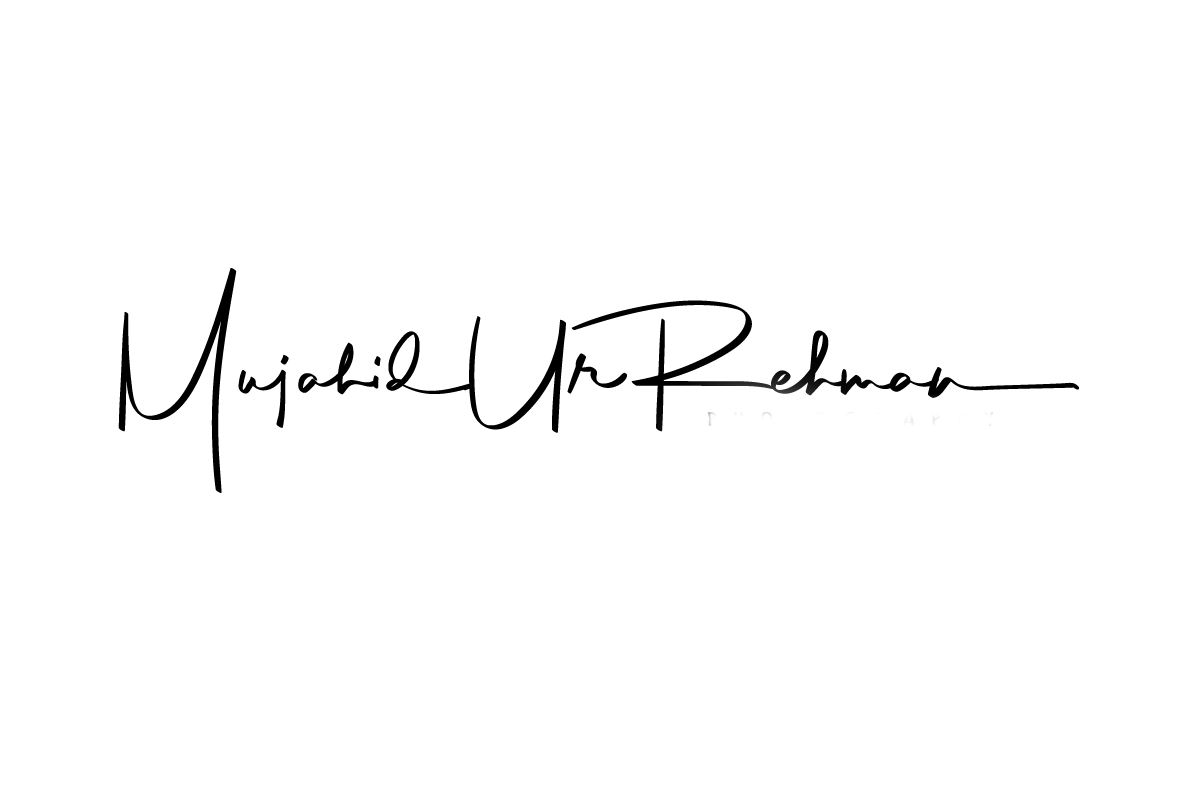Review: Tamron 17-28mm f/2.8 for Sony E-Mount
This is a review of Tamron 17-28mm f/2.8 Di III RXD for Song E-Mount for landscape photography users only. I’ve been using this lens for a few months now. I extensively used it in my recent trip to Nambia, the quality of the results it has given me demands that I share my experience with you guys.
Minimum and Maximum Aperture (f2.8 to f22)
The smallest aperture value that you can set on this camera is f2.8 and the highest is f22. The aperture is not variable, which means that if you zoomed in or out, the f-value/aperture size will stay fixed. That’s quite cool because if you changed your focal length your desired f-value, depth of field and sharpness will still be achieved.
Focal Length (17mm to 28mm)
I am a wide angle photography lover as a landscape photographer. When it came to buying this lens, I thought about Sony’s G Master 16-35 f2.8 lens which is from 16 to 35 and not 17 to 28. Will I have a limitation? Yes, it does sound like a limitation, but during my trip to Nambia, I didn’t feel it. I like to shoot wide angles and if I really need to go to 24mm or above, I would rather use a 24-70mm lens. 17 to 28 provides at a fixed aperture provide quite a good range for wide angles to me and that’s how I have done most of my landscape photography over the years.
A lens for Full-Frame cameras
It is an e-mount, which means that you can use it for both full-frame and crop sensors with e-mounts. I bought it for landscape photography for my Sony a7 III, and it integrated with it seamlessly.
Weight (457.5 grams)
Considering that I travel with quite a bit of gear, and like to hike as well, this was one of the deciding factor for me. This is almost 200 grams less than the Song 16-35mm f2.8 G Master lens. Every gram counts when you are travelling or hiking. The official website says 420 grams, but are you telling me that my coffee beans weighing machine has been lying to me all these years? No Ways! Ok, May Be…
Weight of Tarmon 17-28mm f2.8 for Sony e-mount (457 grams)
Length (approx. 14 cm)
It’s not a heavy setup with my Sony a7 III, nor does the length seems to be in the way of packing it in my bag. It’s acceptable and quite usual for a wide angle photography setup.
Length of Tamron 17-28mm f2.8 for Sony e-mount
Ring Size/Filter Size (67mm)
I think it is important to mention the filter size here. It’s 67 mm and the good thing about it is that the Tamron 7-300mm for Sony e-mount that I use and other telephoto lenses from Tramron for Sony e-mount have the same filter size.
Tarmon 17-28 f2.8 Filter Size of 67mm
Look and Feel
One thing that initially made me uncomfortable was the feel of the lens in my hand. It’s plasticy. I come from the background of using solid 16-35mm f4 heavy duty lens and when I held this lens, I asked myself “have I made the right decision?” “will it survive the conditions I shoot in” “o boy, this lens is going to be history knowing how roughly I use my lenses”. However, this lens was a workhorse for me in Namibia during some super scary storm conditions. It is weather sealed, and I was happy to use it while it was drizzling.
Minimum Focusing Distance (4 cm)
Ok, so various sights say different things. I was able to focus on a cup from 4 cms away (from the edge of the lens). This is quite cool because when you take your wide angle shots with a foreground interest, you will be confident that you can be as close to the subject as you like.
Tamron 17-28 f2.8 focusing on a cup from 4cm away
Buttons on the lens or lack thereof
There are no buttons on the lens for vibration reduction or switching to manual or auto-focus. Well, the lens has no vibration reduction feature. That’s not a deal breaker for landscape photograhy but it would have been to have a button to switch to manual or auto-focus. I guess these maybe some of the reasons why the lens is cheaper than its competitors. That brings us to the price.
Price Comparison
At the time of writing this blog, the lens costs about 899 USD wehreas Sony 16-35mm f2.8 G Master however costs 2198 USD. This is a huge price difference and one of the reasons also why I went for this lens for landscape photography.
Image Quality and Depth of Field
I must be honest here, I have not myself done any comparisons of Tamron 17-28 f2.8 and Sony 16-35 f2.8 G Master lenses. I’ve seen the results however and they come pretty pretty close. Remember, we normally compare pixels when we talk about this subject and to the naked eye, the results I have seen don’t show any differences. I have printed my photos from this lenses to A3 sizes, and I must say that I had a smile from ear to ear.
I’ve found that the image quality is sharpest with great depth of field at f9. For my Nikon 16-35mm f4 lens, my default go to used to be f11 because this is where the lens provided great depth of field with maximum sharpening in the far away objects in the middle-ground and background.
At f9 and f11, the foreground and middle-ground objects look identical.
At f11 however, the background objects, for example, a far away mountain was a little bit more blurry and less sharp as compared to f9.
Quality: Overall, the image quality is extremely good with minimal barrel distortion and unnoticeable vignetting. The results are competitive and print worthy. Web is unfortunately not the best place to show comparison, you will have to take my word of mouth. At f9 for this wide angle shot, the textures and the edges of the far away mountain were a bit more defined. I am struggling to upload full res files as my website doesn’t allow that. Large files are also crunched to reduced quality before loading on my website, sorry about that.
Flare
I took a few shots shooting right into the sun at various f-values. Also took this photo below of the Fish River Canyon, and I must report that the flare didn’t bother me at all. When I used my Nikon 16-35 f4 lens, it used to have huge flares that destroyed parts of my photos.
Should I buy it for landscape photography?
Buy it for landscape photography if:
Buy it for landscape photography if you are looking for a wide angle. It offers great depth of field and has a versatile range.
you are on a budget and can’t afford 16-35mm f2.8 Sony native lens. You won’t be disappointed with the quality.
you hike and travel a lot and the weight of your backpack matters to you, ever gram counts.
you like to focus on close objects in your landscape photography
you like to do night photography
you need flexibility with the focal length
regards
Muji













